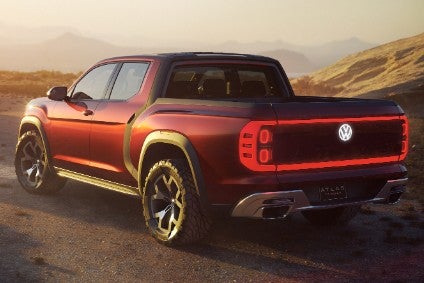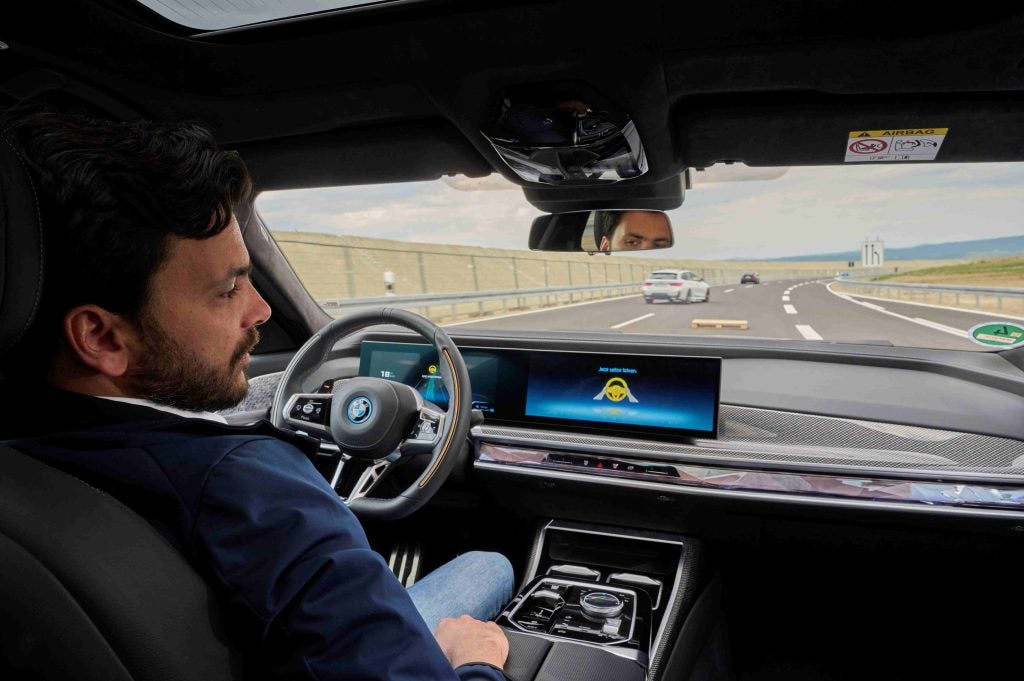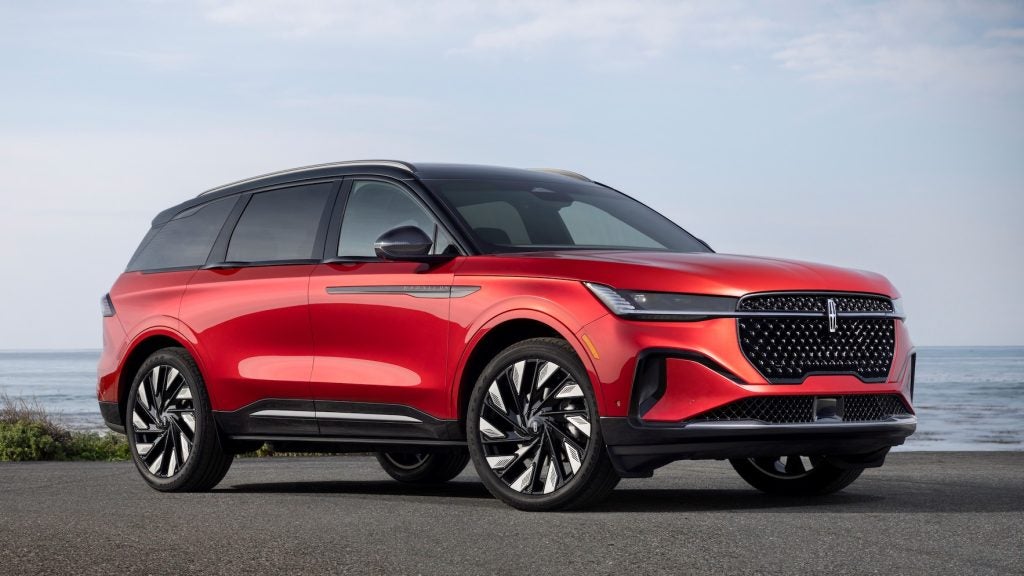
Last year saw Volkswagen adding or replacing a large number of SUVs, especially in China and Europe. This second part of a series which looks at the Volkswagen Group’s current and future models now collates what is already on sale with selected highlights of the VW brand’s secret crossover, SUV and pick-up plans.
As Volkswagen notes, its SUV offensive in 2018 along with numerous other new products was able to offset an enormous sales contraction across Europe. That was due to so many of the brand’s models not being ready in time for mandated WLTP norms. Only now is that issue being fully resolved although the expense and complication of re-engineering certain engines for WLTP compliance and giving them a competitive CO2 number is also the reason why some models have gone for good. The Golf GTE is one example.
Jürgen Stackmann, board member for Sales stated on 10 January: “2018 was characterized by considerable uncertainty in some regions, especially in the second half of the year. Overall, though, we were able to combat this with a strong offensive of attractive new products and to offset the adverse effects. Our strategy has paid off. The new delivery record is the result of much hard work.” That gain, incidentally, was just point two of a per cent more than in 2017.
Without the addition of key new SUVs in China, the year wouldn’t have ended quite so well. As it is though, the VW brand looks strong in its main markets and also in the USA, where volume increased last year, rising above the 350,000 mark. The locally built Atlas, a large SUV, hasn’t performed as strongly as had been anticipated yet it’s doing well enough. The Atlas Cross Sport (see below), another model which is due on sale in North America later in 2019, will further please dealers.
More detail on past, current and forthcoming models as well as many other additional Volkswagen vehicles which are not in this feature (including autonomous and electrified ones) can be found in PLDB, the future vehicles database which is part of QUBE. There is a link at the end of this feature to the database.
SUVs & crossovers
How well do you really know your competitors?
Access the most comprehensive Company Profiles on the market, powered by GlobalData. Save hours of research. Gain competitive edge.

Thank you!
Your download email will arrive shortly
Not ready to buy yet? Download a free sample
We are confident about the unique quality of our Company Profiles. However, we want you to make the most beneficial decision for your business, so we offer a free sample that you can download by submitting the below form
By GlobalDataThe 4,107mm long and Polo-based T-Cross is the newest small crossover in Volkswagen’s range. And while VW markets the T-Cross as an SUV, it is front-wheel drive only. As well as being manufactured in Spain (Navarra/Pamplona), there will also be build in Brazil (São José dos Pinhais/Curitiba), and China (plant not yet known but it will be an SAIC Volkswagen factory). The T-Cross for Brazil and China will be longer, taller and wider than the model built in Spain. The mid-cycle facelift should take place from early 2022, with the global roll-out of the second generation model likely to commence in late 2025.
Volkswagen of America is not expected to sell the T-Cross, at least initially, even though many dealers want this model as a challenger for the Jeep Renegade, Hyundai Kona and Chevrolet Trax.
As the T-Cross relates to the Polo, so it follows that the T-Roc can be thought of as the Golf’s crossover brother even if, at just 4,234mm long, it is shorter than the brand’s best selling C segment hatchback. The second generation Tiguan is larger than the first, which is the reason why there is space in VW’s range of SUVs for this model. Production for mainly European countries started at Palmela (Setúbal) in Portugal during October 2017. There is also build in China and this is via the JV with FAW. Both models should be facelifted in 2021 and replaced in 2024.
The locally made model has its own Chinese name, sales having commenced at the end of July 2018. The Volkswagen Tange is 4,318mm long, 1,819mm wide and 1,582mm high, which is 84mm longer and 9mm taller than the T-Roc sold in Europe, while the wheelbase is 77mm lengthier.
The Tayron, a special model for China’s FAW Volkswagen joint venture, premiered at the Beijing motor show in April 2018 although it had been shown to the media a month earlier and called the Advanced Midsize SUV. The Chinese name is Tanrong and the model is a long-wheelbase version of the T-Roc. The length is 4,589mm. Sales started in September 2018. There should be a facelift in 2022 and a second generation model in 2025.
In March 2018, Herbert Diess, the head of Volkswagen, stated in a press conference at VW HQ that a ‘Volks-SUV’ would be introduced to the Chinese market in August. The vehicle in question, which is the Tharu, had been previewed at a media event earlier in the year where it was shown wearing mocked-up registration plates which read ‘Powerful Family SUV’. Additional production would start in Argentina, Mexico and Russia during 2020, Diess added. There would be exports from Mexico to the USA and Canada. In these countries, the vehicle will be positioned below the Tiguan and might be marketed as the Tiguan Cross Sport. Diess hopes that VW will be able to sell as many 400,000 units of the Volks-SUV per annum. This model will not be sold in Europe due to the existence of the T-Roc. The Tharu should be built for eight or more years, with a facelift in 2022.
The Tiguan is larger than the original so as to fit in with T-Roc and T-Cross below it, and the Touareg and Atlas/Teramont above it. The standard car has a longer wheelbase than the first generation model, while the former Tiguan L, a model built only in China, went global when it was replaced.
The LWB car for China is again made by SAIC Volkswagen (formerly Shanghai Volkswagen or SVW). This is at the Changsha plant in south central China. In Germany, the Tiguan is manufactured in Wolfsburg and Hanover, while the model for The Americas is made at Puebla. The Mexican factory in fact builds an extended wheelbase five- or seven-seat model but its name in the US, Canada and Mexico is simply Tiguan. However, the lengthened (4,700mm compared to 4,485mm) version is the Tiguan Allspace in Europe.
The second generation Tiguan uses the latest iteration of the Volkswagen Group’s MQB architecture matrix. This is not only closely linked to the Golf and Audi A3, but also to other SUVs such as the Audi Q5 and the Skoda Kodiaq. German market sales of the Tiguan commenced in January 2016. Facelifts should begin to appear in relevant countries during 2020 and 2021, with successors due for launch from 2024.
The Atlas is an important model for North America. Since having gone on sale there in 2017 this rival for the Ford Explorer and Toyota Highlander has greatly helped Volkswagen of America with its goal of broadening a line-up which needed more SUVs. The same applied in China. There, the model is called Teramont, which is also the name in Russia, Mexico and certain states in the Persian Gulf.
The next generation Atlas/Teramont is expected to also be built in RHD form as Volkswagen Australia is keen to sell the model. Well before that happens, VW of America will facelift the Atlas around the same time that SAIC Volkswagen updates its Teramont. This should take place in the third quarter of 2020. The successors are due in either late 2023 or during 2024. The architecture will likely be an update of the existing models’ MQB A/B.
Volkswagen of America will add the Atlas Cross Sport to its range for the 2020 model year. This five-seat SUV is a shorter version of the Atlas.
The Atlas Cross Sport concept which premiered at last year’s New York motor show was a plug-in hybrid. VW of America said the prototype’s 3.6-litre V6 plus two motors produced 355 horsepower with the vehicle having “an anticipated 26 miles of all-electric range”, adding, “a conventional mild hybrid version of the same powertrain would make 310 hp”. The production vehicle is scheduled to be launched in the US market later in 2019, and will be built alongside the seven-passenger Atlas and the Passat sedan in Tennessee.
Volkswagen should build this model in China too, but its name there might differ. ‘Teramont Cross Sport’ is a possibility and the same applies for Mexico.
The 4,878mm long Touareg might not be the largest VW SUV – it is shorter than the Atlas/Teramont – but it is the brand’s most expensive such vehicle. The latest, third generation model, has been manufactured in Slovakia since June last year. Volkswagen believes the largest markets for the Touareg 3 should be China (as an import), Europe and Russia. Unlike the previous two generations, this one isn’t sold in the USA.
This model’s MLB Evo architecture is shared with the Audi Q7, Porsche Cayenne, Bentley Bentayga and Lamborghini Urus. The Volkswagen is due for a facelift in 2022 and then to be replaced in 2026. There are also reports that a spin-off might be under development as a kind of ‘Touareg Coupé‘; i.e. an intended rival for the BMW X6 and Mercedes GLE Coupé.
Pick-ups
The Tarok is to be an additional model for Volkswagen’s small but expanding range of pick-ups. This 4.5m long model will have a monocoque platform (MQB A/B) rather than a ladder frame chassis. It is expected to be released for sale in the Brazilian market later this year. There, it will compete with the Fiat Toro and Renault Duster Oroch. The Tarok concept at the São Paulo International Motor Show two months ago was a near-production version of the new model. Volkswagen has stated that the vehicle could be sold in multiple countries. Its production life will likely last until 2019 with a facelift at the half way mark in 2024.
The second generation Amarok is again expected to be built in Argentina and Europe, and assembled in Nigeria and Ecuador, with a chance that production in the USA could also be added. There should be four- and six-cylinder petrol and diesel engines. The basic construction should remain body-on-frame.
Ford and Volkswagen’s announced alliance for light commercial vehicles might mean that the third generation Amarok is brought forward to around 2025 or 2026 so that it and the Ford Ranger could share a platform, powertrains and production plants. As the next Amarok is due in 2020, this seems to rule out any collaboration between its maker and Ford.
Might there also be another pick-up, slightly longer than the Amarok 2, and instead with a front- and all-wheel drive architecture? That was the suggestion when Volkswagen of America revealed the Atlas Tanoak ten months ago in New York City. The 5.4m long concept had 4Motion-branded all-wheel drive and used the 3.6-litre V6 from the Atlas. If Volkswagen really is considering making a model in the style of the Tanoak, it would probably choose a fully electric powertrain. Rivian will be opening up that segment in 2020, followed by Atlis and Tesla so there’s no reason why VW shouldn’t join them. Provided that there is enough demand from buyers, not to mention a solid profit opportunity, neither of which is a known fact at the moment.
What about the possibility of Volkswagen joining Toyota and Nissan by creating a full-sized RWD/4WD pick-up in an attempt to take on the Chevy, GMC, Ford and Ram establishment? That seems unlikely for various reasons: in spite of its its advanced years, the Tundra does OK (118,258 in the US last year) against the F-Series, Silverado, Sierra and 1500 but the Nissan Titan struggles (50,459). The main reason is buyer loyalty that even seems to be handed down from generation to generation, making it oh so hard for any non-US brand to enter the mainstream. The idea of a truck on a bespoke EV platform could, on the other hand, be a possible major hit for VW. With Volkswagen of America already committed to producing MEB architecture models in the early 2020s, such a vehicle could even potentially take the place of the Passat at the Chattanooga factory.
Recent reports for many other manufacturers’ future models are grouped in the OEM product strategy summaries section of just-auto.com.
Future product program intelligence
More detail on past, current and forthcoming models can be found in PLDB, the future vehicles database which is part of QUBE.
The next make to be featured in the Volkswagen Aktiengesellschaft series will be Škoda; followed by SEAT and Cupra, then Audi; with the series to rounded out by two final reports: one on Porsche and the other on Bugatti, Bentley and Lamborghini.







